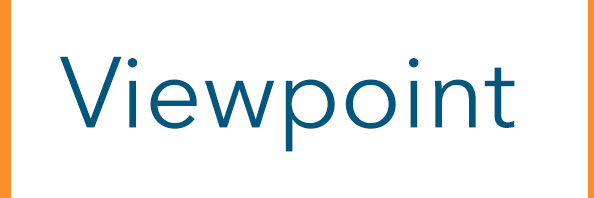This article is part of a bimonthly series provided by the National Council for Marketing and Public Relations, an affiliated council of the American Association of Community Colleges.
Regardless of what marketers call it today – a press release, news release or media release – this sometimes neglected marketing tool can offer a simple opportunity to generate media interest in higher education.
Because many colleges squeeze the most they can from limited marketing staff and budgets, marketers can’t handle the process like they did years ago and achieve the same success. However, the only cost to issuing press releases is time. By taking the right steps for today’s newsrooms and pitching relevant topics, colleges can find plenty of success with their releases.
Review and adjust strategies
Sending releases to local print and radio news outlets can generate coverage, especially online. Adding TV can make a significant difference, as it did for Lakeshore Technical College (LTC) in Cleveland, Wisconsin. LTC sits in the middle of the Milwaukee and Green Bay media markets, and LTC marketing staff were not sending releases to either. When the college started to target Green Bay TV, responses came quickly. The college then added Milwaukee TV to its media contact list.

Since July 2020, LTC increased its average news release sends to almost five a month, up from fewer than three the previous year. The college continues to tweak its media plan and has seen coverage increase significantly this academic year compared to previous years. Outlets pick up releases as much as 20 times per month. Between September 2020 and January 2021, LTC stories ran on TV at least 18 times. The college, which does not spend anything on network TV advertising, estimates its releases generated $6,200 to $12,400 of free local publicity.
Other recent adjustments have helped LTC find success with its releases, including:
- Sending releases more often
- Adding quotes from key stakeholders, including the college’s president, vice presidents and students
- Supporting topics with credible, third-party data
- Incorporating images and/or video into all releases
Adjust best practices
Even among experts, opinions vary regarding best practices when it comes to releases. For example, in a course she teaches about writing press releases, Los Angeles PR professional Andrea Holland recommends including quotes. However, Brandon Reid, editor of the Herald Times Reporter in Wisconsin, says quotes are often the first content to get cut when space is limited. Marketers may want to ask a few of their media contacts whether they have any specific preferences.
Because the pandemic caused layoffs and furloughs among media and news staff, making it as easy as possible to move news from an email to a targeted distribution channel is more important than ever. A few general, critical tips include:
- Place the text of a release in the body of an email. For attachments, use Word. Do not send PDFs or scanned documents. News staffs do not have time to retype, reformat or put a lot of time editing releases or other documents.
- Include related images in basic formats, such as JPGs. Include captions for photos. If there is no related image, include the college logo or general college image.
- Avoid writing sales-oriented or first-person copy. Releases should be written to mirror newspaper copy, not an ad.
- Assure the college’s media contact is reachable 24/7 at the number and email provided and that college stakeholders understand interviews often get scheduled with little notice. As a result, it’s critical to be ready when media members respond to a release.
- Especially in the current environment, assure marketing staff members and key stakeholders are prepared to respond to requests for both in-person and remote interviews.
Keep topics relevant
Media gatekeepers care more about topics that are relevant to their audiences than about what is important to a college. Marketers should wear their editor hats and challenge themselves to determine why an audience would be interested in a particular news release topic.
Consider LTC’s fall 2020 first all-female dairy herd management cohort. “Firsts” are exciting for individual businesses, though they’re a dime a dozen for editors. The college knew a successful news release required a stronger angle: An all-female cohort in a program traditionally dominated by males elevated the pitch, as did the national statistics showing an increase in women farming. Plus, LTC’s media markets cover a large, rural population where many residents are dairy farmers, all in a state (Wisconsin) with such a huge dairy industry, it is known around the country as America’s Dairyland.
With so much support, it’s easy to envision the topic as relevant to local media. It was. Local newspaper and radio picked up the story in December. TV stations in the Green Bay market conducted interviews on campus and via Zoom, and a Milwaukee station visited campus and ran the story on air and social media. The local coverage helped garner attention from national media outlets, including Microsoft News. Many readers shared the story, and LTC was still getting media inquiries and coverage in February, two months after the original news release.
Good stories are about people
People like to see and read about people they know, can relate to, want to learn about or are inspired by. For example, if a college wants to promote a new program, it can do so by spotlighting the program’s first students, graduates or instructors.
Consider most of LTC’s recent stories about students: a disabled 1996 graduate discovering welding, nursing students filling front-line shortages and students with children accessing child care grant funds so they can remain in college during the pandemic.
To find these stories, marketing staff should regularly ask faculty, advisors and support staff for help, plus community members who are connected to academic programs. Marketers may be surprised both to learn the amazing impact their college is having on the community and at how willing graduates are to share their stories.





